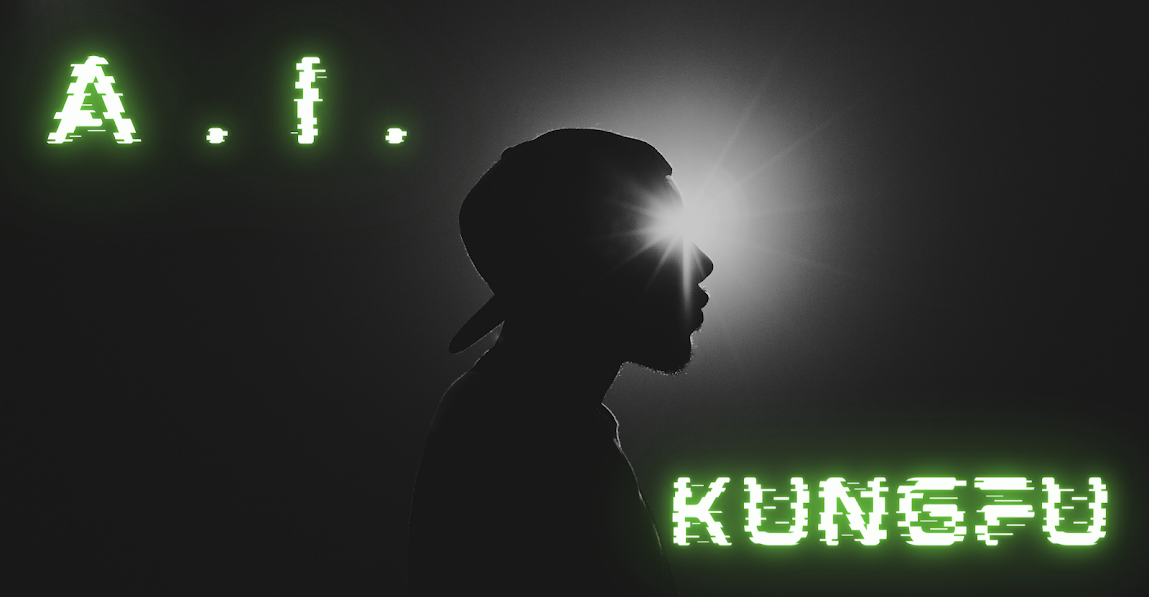Courtesy of Dr. Greg Reid
- Dr. Greg Reid interviewed 100 of the world's richest people — from entertainment pioneers to real estate tycoons — to find out how they built their wealth and held onto it.
- He and co-author Gary M. Krebs published the findings in a book, "Wealth Made Easy," which contains proven, real-world strategies for hanging onto money.
- For example, buy land in an area eight miles from a fast-growing town, rent it out to local farmers to cover the costs, and then sell it to a large retail developer for much more than you paid.
- Another strategy: Combine unrelated business ideas for something brand new that meets the needs of a wide range of people.
- Visit Business Insider's homepage for more stories.
Ever wonder how you can discover the insider secrets — or wealth hacks — that millionaires and billionaires used to build their lives of sustained prosperity?
If you don't have access to super wealthy people, don't sweat it. Below are four simple wealth hacks to get you started.
REUTERS/Jason Reed
Canadian land mogul Brian Sidorsky shares a concept so powerful it challenges your imagination. When asked how he amassed a fortune in raw, undeveloped land, he sat back in his chair and exclaimed, "Time plus dirt is wealth."
Sidorsky then clarified his concept. "Find a town anywhere in North America that is growing 20 to 25 percent a year. Pinpoint their 'Main Street' and draw a line out eight miles from that location and buy that land. That is the 'dirt.' Rent the soil to local farmers who will pay the rent that covers the costs, so it's free. As the town continues to expand, eventually it ends up on your property where you own the largest lot and, since you are already near Main Street, you can then sell that land to a big-box store for one hundred times what you paid for it."
2. Combine unrelated business ideas
Gene Landrum did something seemingly impossible when he founded Chuck E. Cheese's. He created an entirely new business model by combining several different ideas into one chain: food, family, and amusement park-type entertainment.
Food: Kids love pizza. Amusement park-type entertainment: Kids are fixated on video games, whack-a-mole, and air hockey.
Combine pizza and amusement park entertainment, and you have occupied kids and happy parents. Why parents? Because they can sit at the table, take a breather, and eat while their kids are busy playing in the gaming area.
The hybrid pizza chain/entertainment center concept was revolutionary, and it reversed old thinking that had kept dining and kids' entertainment separate.
What businesses can you combine to create something entirely new?
3. Take advantage of obsolescenceWikimedia Commons
When machinery and other office equipment gets old, most companies see junk. What do they do with the junk? They donate it or toss it out.
Ron Klein — who's also the founder of the credit card magnetic strip — does not see junk: He sees opportunity.
When Klein ran General Associates, Inc., a data communications company, he acquired large quantities of surplus Teletype equipment from the Western Union Company.
Why did he buy worthless junk? Where others saw a relic, he saw beauty — and money — in obsolescence. Klein refurbished the old Teletype equipment and sold it to major communications companies. As a special service, GA converted many of the machines into special teleprinters for the hearing impaired with messages imprinted in Braille.
He created an innovative use for what had been considered junk. What junk do you have lying around that can be converted into cash?
4. Go against the grain — work with your competitorsAP
Competition is the new collaboration. Why are there four gas stations on every main intersection? Would you rather start your restaurant on a dirt road or situate it alongside restaurant row in the best part of town?
Some may see this type of competition as a bad thing, but businesses can often help each other. Ernesto Ancira, Jr., who owns a slew of auto dealerships throughout the San Antonio, Texas area, doesn't think this way. This has been to the benefit of the industry, the community, and even for his own business, Ancira-Winton Chevrolet, Inc.
When the economy went down, Ernesto joined with his competitors and the Texas Automobile Dealers Association to reverse the negative image of the auto industry in their area. They worked together on special deals for customers and other joint events and offers — and everyone benefited, primarily because they created a level of sustained trust between consumer and dealer.
What can you do to partner with your competitors and improve the image of your industry?
Now: Take some action! To make any wealth hack work, you must think it, feel it, and get off your butt and do it.
Dr. Greg Reid is a world-renowned speaker, filmmaker, and entrepreneur. Published, coauthored, and featured in more than 50 books and five motion pictures, Reid is also the founder and CEO of the Secret Knock, an event and professional collaboration community focused on partnership, networking, and business development.
Based on content from "Wealth Made Easy," Copyright © 2019 by Dr. Greg Reid with Gary M. Krebs.
This article was first republished on Business Insider in May 2019.
from Business Insider https://ift.tt/3lq4tLn
via A.I .Kung Fu
